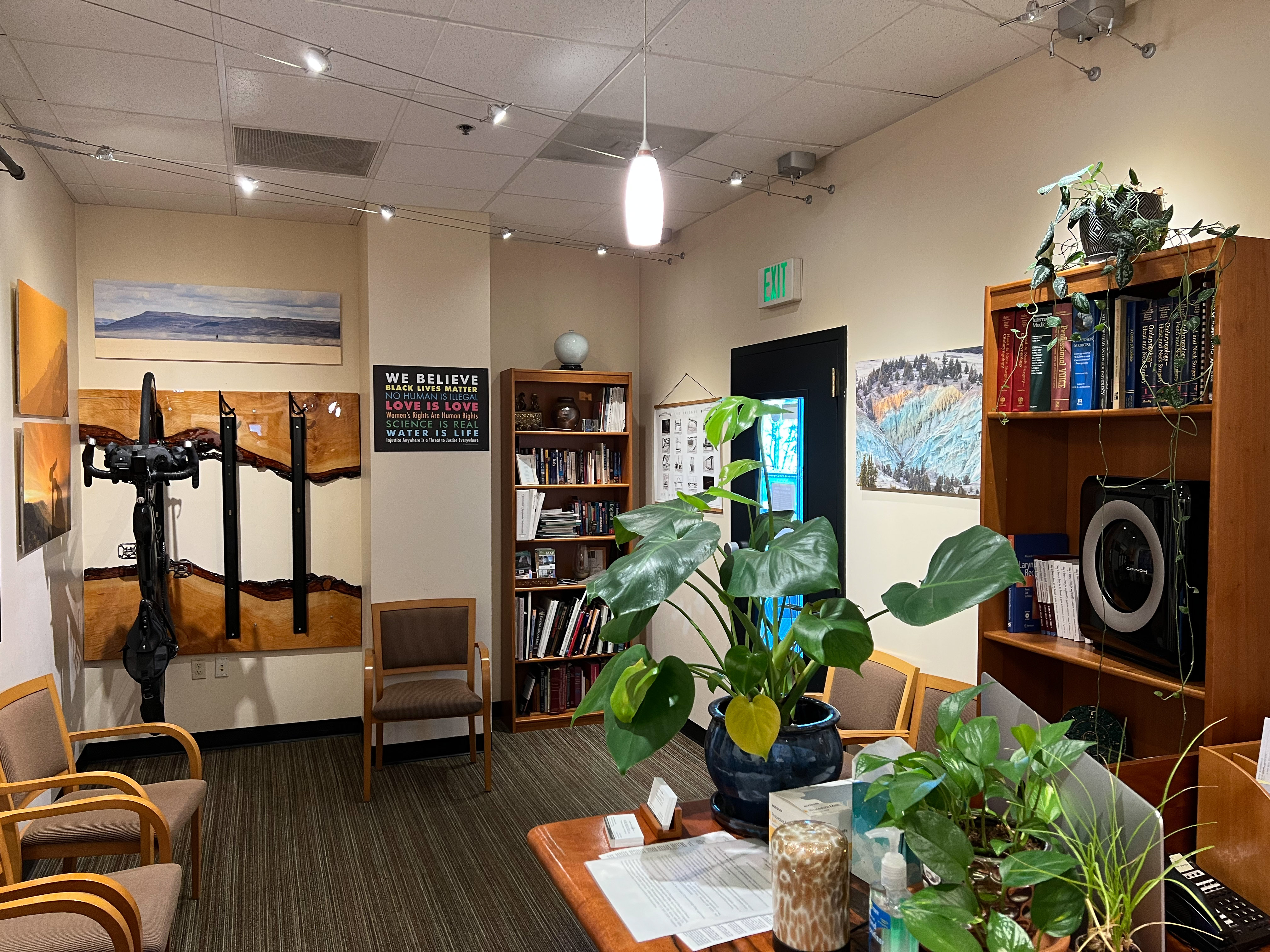Office appointment
On average, Dr. Thomas spends about one hour with new patients. This varies quite a bit depending on your needs and the complexity of your problem. Return appointments are about a half-hour, again depending on your needs. Since many patients travel a great distance for the visit, Dr. Thomas does make an effort to stay on schedule. While he will try to spend whatever time is necessary with each patient, if the problem is quite complex, it may require additional visits rather than significantly delaying other patients' appointments. If you are travelling a great distance, we can sometimes preschedule time for a procedure if we are relatively sure you will need one.
Dr. Thomas uses a three-part examination that you will likely find different from your past interactions with ear, nose, and throat physicians. The exam will start with a medical history that you will have likely you filled out before your arrival. Dr. Thomas will review your history with you in your appointment, focusing on your voice or throat-related problem and discuss what your goals are for the appointment.
The second part of the exam involves listening to your voice. You will be asked to read aloud, to use your low voice, high voice, a loud and soft voice, and perhaps other vocal tasks, as needed. Listening to your voice under different situations allows Dr. Thomas to focus on the characteristics of your voice problem. Even if your problem is not “acting up” on the day of your visit, Dr. Thomas can almost always determine the problem this way. Many people are afraid they cannot sing or they will sound bad in the office. However, that really is the point of coming here. If your voice is not working well (flutters, fades, goes off pitch, gives out), that is what we want – to find out what is not working.
Lastly, Dr. Thomas will examine your voice box. This may involve looking with a mirror, but will usually involve looking with a video telescope as well. If needed, Dr. Thomas will use a numbing spray medication on the throat and/or nose to prevent gagging. Dr. Thomas will also record your vocal cords and their movement on a digital videotape and with a special strobe light to view the vocal cords in slow motion. As the recording is digital, you can look at each tiny movement with minimal distortion or streaking on the monitor. This comprehensive examination of the problem, including a history, together with how your voice sounds and how the voice box looks, allows for a precise and accurate diagnosis.
Dr. Thomas will discuss your diagnosis with you and talk about effective treatment options. The outcome of treatment should be an improvement in your voice. Treatment may at times involve speech therapy or an office or surgical procedure. For those of you who travel, we have contacts with laryngologists and speech therapists throughout the country should you desire or need to see a voice specialist while journeying.
Speech Therapy: We have contacts with speech therapists throughout the city, state, and region. We can usually arrange for therapy to be obtained locally for you. Dr. Thomas will monitor the progress of your therapy with return visits.
Office Procedures: Dr. Thomas performs many procedures in the office, which is often quicker, more precise, and more cost effective than some alternatives. At times surgical intervention is most appropriate.
Surgical Procedures: In order to accommodate the special care needed for the precise treatment of voice disorders, the hospitals we use have upgraded to state of the art surgical instruments and lasers.

